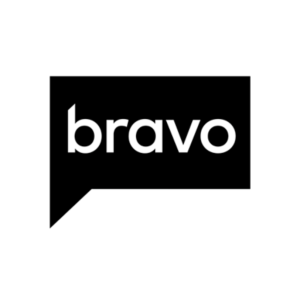Aetna’s new tagline “joins” the other big brand flops
“You don’t join us. We join you.”
Could there be a more tone deaf tagline at a time when the government (aided by Aetna and other insurance companies) is trying to make it more difficult for individuals and families to get and afford health insurance?
As one of those people in peril, here’s what I hear: You don’t join us. We decide if we want to join you.
Watch and, more importantly, listen to their first commercial in their new ad campaign:
Health is having the freedom to do what you want to do with your life. Every single day. So at Aetna, we promise to keep finding new ways to join you, so nothing gets in your way. because no matter where it is you’re going or whatever stage of life you’re in, we believe that when it comes to health you don’t join us, we join you.
Freedom means we have the freedom to decide, we have the freedom to choose which doctors we want to go to and what care to receive. Health insurance, more and more, is about restricting those freedoms in the name of preserving big profits for the health insurers. And now, they’re telling us–literally–“you don’t join us.” They have the power–“we join you.” Not what they meant, but that doesn’t matter.
We “keep finding new ways to join you”–the intent was a good one, as evidenced by this commercial below.
But they should have kept working on the wording because the one thing that trips it up is “You don’t join us.”
Readers come to your messages with their own preconceptions and apply their own tone. Don’t give them a chance to interpret it as negative.
Their concept is: Your healthcare journey can be difficult, we’ll join you.
 Having a partner in your healthcare is a good thing, like that friend who joins you for support and helps you along the way. The problem is that’s a concept, not a tagline. It seems like they got too hung up on the “we join you” part and were never quite able to articulate that concept.
Having a partner in your healthcare is a good thing, like that friend who joins you for support and helps you along the way. The problem is that’s a concept, not a tagline. It seems like they got too hung up on the “we join you” part and were never quite able to articulate that concept.
Taglines aren’t easy.
Everyone has to put their ego aside and be willing to kill the ideas they want badly but that don’t work. You must think of the many ways your audience will interpret the message and consider cultural and political circumstances. Then decide which way you want to go.
Boil it down to idea you want to convey and then go from there. In this case, “We’re here for you.”
Sometimes, that simple idea can be your tagline: Aetna. We’re here for you.
And there it is.
Aetna’s tagline may not be great, but their new set of commercials emotionally resonate well and will stay with you in a good way. Check them out on Aetna’s YouTube playlist.
















You must be logged in to post a comment.